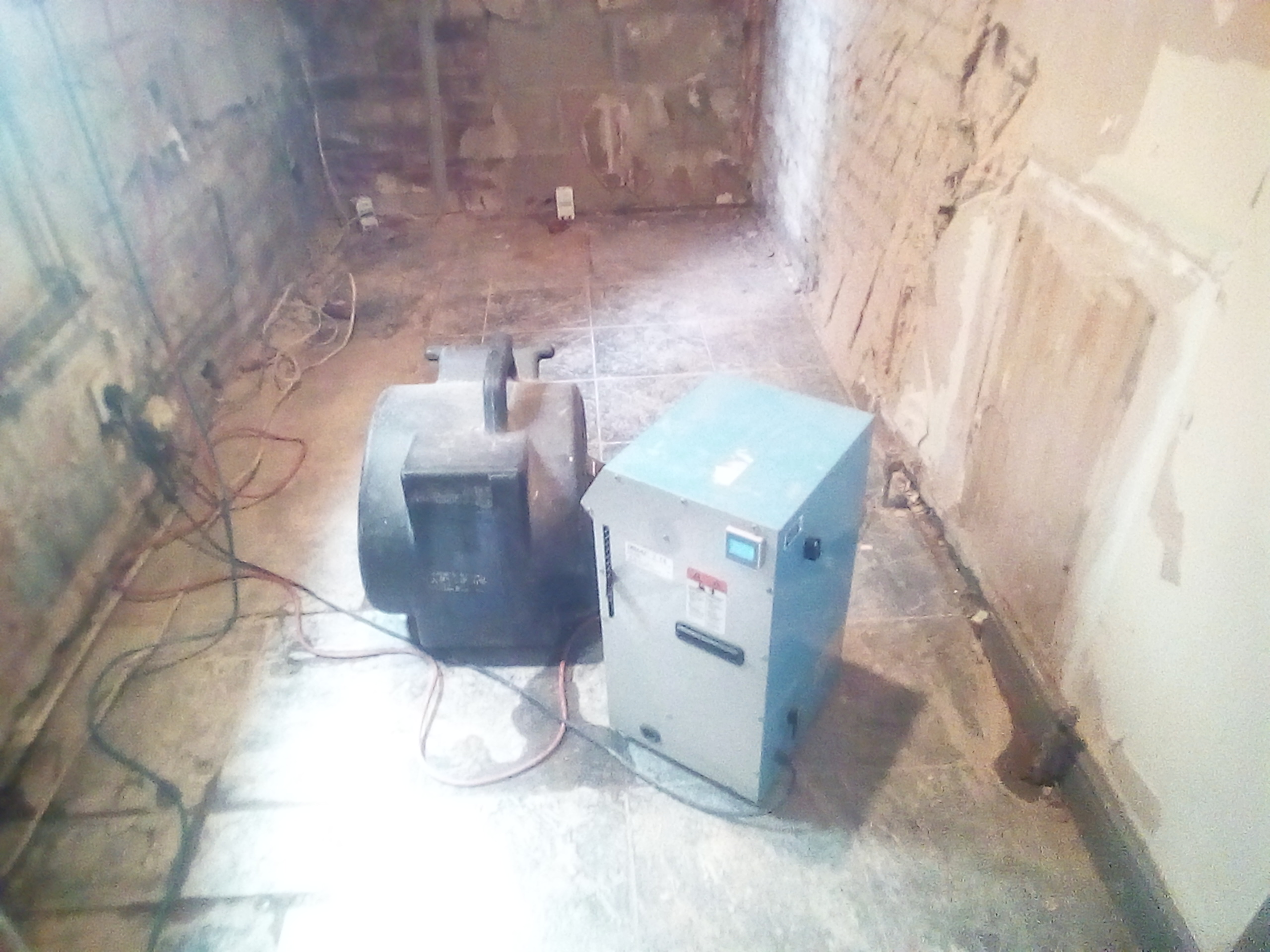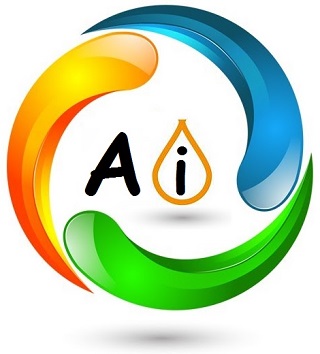
Insurer Viewer Portal
ValidatorAssist

Monitoring the Process
As an Insurer it is important that Customers are kept informed of the restoration process and that it is carried
out in a cost effective and timely manner.
The process depends on many factors, most are determined from site visits, but also from contractor selection
and the property damage. There are many tools that use average or typical estimates to try and advise on
overall claim costs and timelines, but in reality no property is the same.
Process Improvement
Costs have been escalating and global warming is increasing property damage, modern properties also have more
plumbing and different construction materials. The contractor network is experiencing cost escalation due to
materials and labour increases which all adds to pressure in Insurers. There is no real overall "standard"
process for repair due to the nature of the industry.
ValidatorAssist was created to solve this problem. By using state of the art sensing and capturing the
whole process then Algorithms can evaluate methods and proceses over many claims to find the best methods
and to drive the decision making of each task.
To give an example, in a property with a water leak that has affected: the ceiling, walls and flooring and
they are all wet as determined by manual moisture meter measurment. A typical contractor will remove materials
in all areas as shown below.

Now the whole room needs replastering, painting and units refitted.
In this case our senors and analytics showed the room materials did not need such agressive removal.
Process improvement requires measurement, knowledge and insighs.
At the Insurer level it is very difficult to
employ all the capabilities in house to cover the restoration process. Once the process is subcontracted out
the domain experts become fragmented with poor lines of communication.
Decisions are made based on each task rather
than looking at the overall context. For example if the skill set if removing plaster then that is the primary task.
Deciding on drying it instead and saving the cost of repair may not be within the skill set.
ValidatorAssist brings all the domain expertise into the cloud enabling better communications and decision making.
At the contractor level consistent process and knowledge sharing enables improvements to not only be made but measured.
We have also pioneered new techniques and shown in real time their improvements.
We fundamentally believe this is the future of restoration management.

Analytics and Ai
Data enables deep insights into a process but in modern systems the amount of information soon exceeds human ability to process it.
This is where clould computing has transformed business not only in terms of being able to store and process the data
but also in being able to run multiple algorithms that analyse it.
Algorithms can make decisions, car safety systems are a good example.
In the restoration area, we have developed Algorithms that decide on for instance surface material removal.
By understanding from sensors how wet a material is and to what depth water has penetrated plus understanding its properties,
then the rate at which it will dry can be determined. Based on this the Algorithms can then decide which is most cost effective,
ie drying or material removal and repair.
This is a simple example but a powerful one.
There are many more algorithms in ValidatorAssist that cover the whole restoration process, looking at inventory of contractors
their process planning and its effectiveness etc etc..
When deployed ValidatorAssist should significantly reduce not only the costs and timescale of restoration but
also the amount of carbon emission created during the restoration.
Carbon emission reduction is possible because:
• less contractor visits are required,
• the amount of power to perform drying is lower,
• the removal and replacement of building materials is significantly less.
(Note also that building material manufacture is a large carbon emitter
and so reduction of use should be a primary aim.)